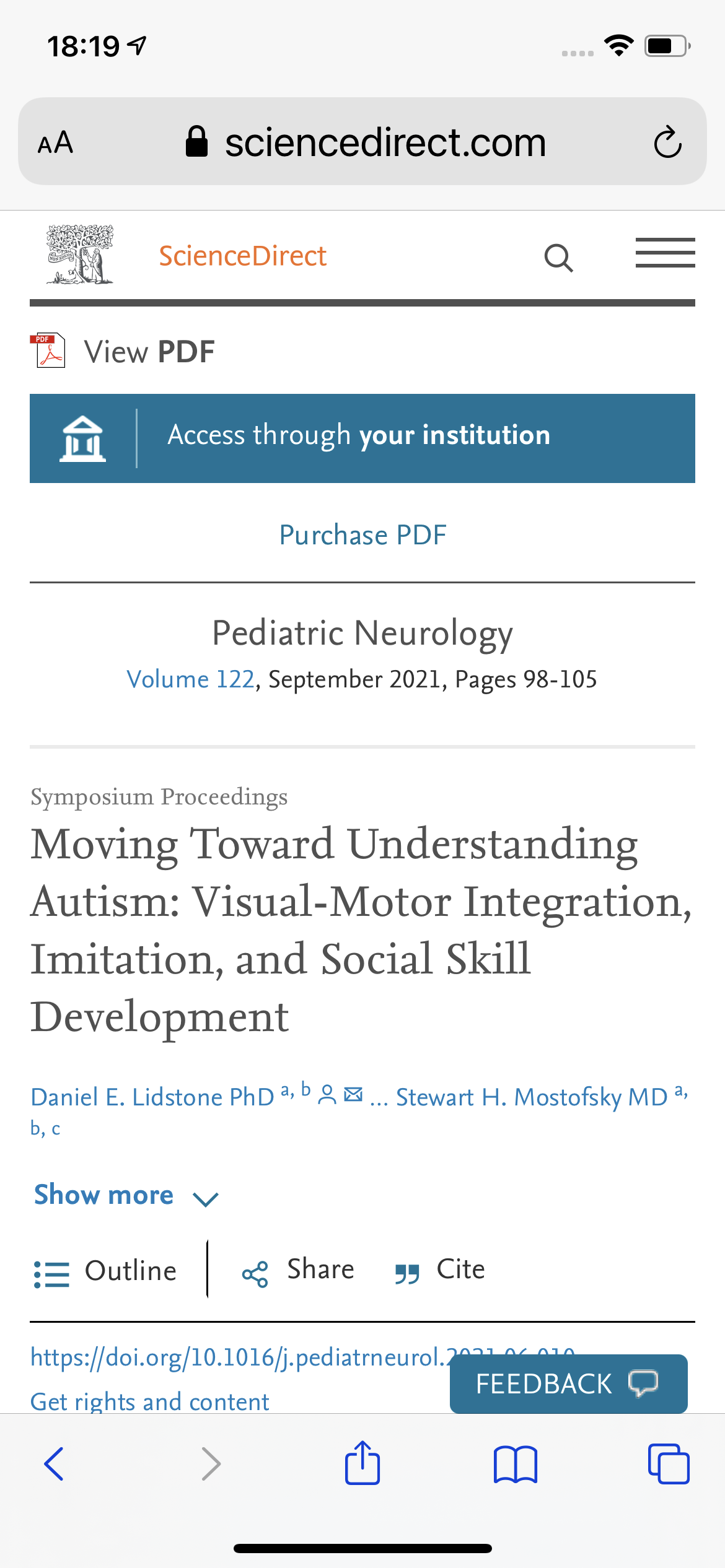
In this 2022 article; “Muting, filtering and transforming space: Autistic children’s sensory ‘tactics’ for navigating mainstream school space following the transition to secondary school.”, the take-home messages are:
There are sensory challenges in mainstream school environments for ASD children.
Working with young people post-transition to secondary school has highlighted these challenges.
Sensory challenges exist across the school environment: Classrooms, lunch halls, playgrounds and even corridors can feel overwhelming.
Muting, filtering and transforming space ‘tactics’ are ways that young people deal with feelings of sensory overload.
Teachers, parents and therapists can use this understanding of these sensory tactics to support the design of more inclusive school spaces.
Read more here: https://www.sciencedirect.com/science/article/abs/pii/S1755458622000044
![ASI Wise & Sensory Project [Ayres Sensory Integration Education across Wales, Ireland, Scotland and England]](https://i0.wp.com/sensoryproject.plume.co.uk/wp-content/uploads/2018/04/cropped-Asi-wise_logo-01-1.jpg?fit=2362%2C2286&ssl=1)







You must be logged in to post a comment.